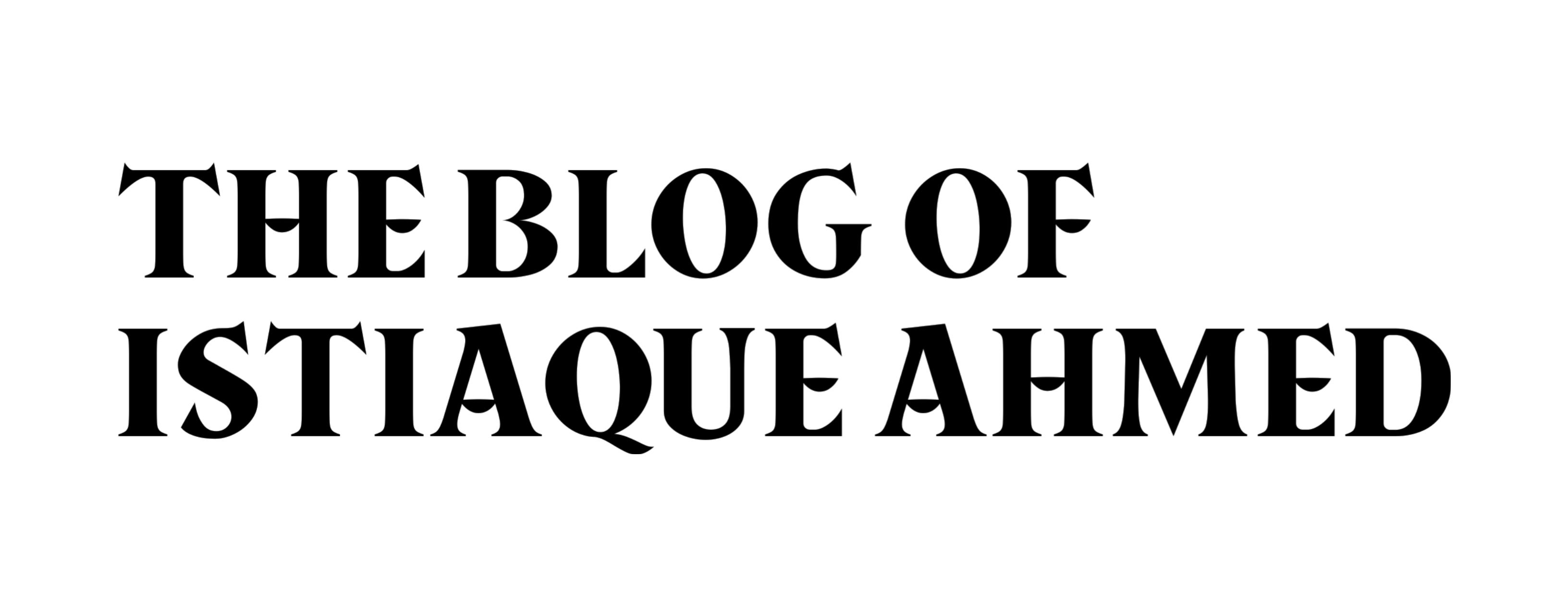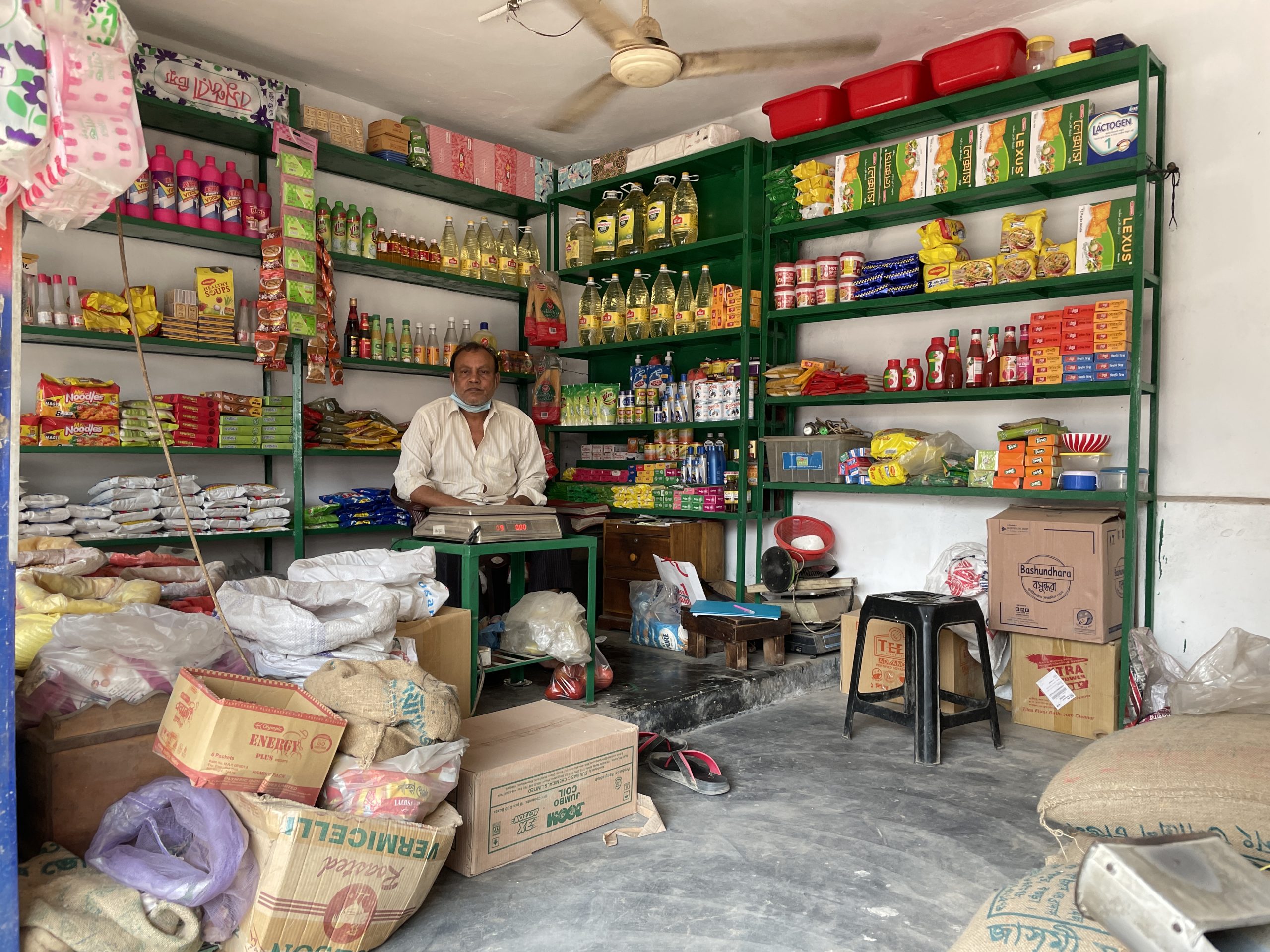Photo was taken during my market visit to Tangail in 2021
Over the past six years (2019–2024), I have had the privilege of interacting with over 500 small business owners across the country. Through conversations, observations, and analyses of their decision-making patterns and business behaviors, I’ve gained valuable insights into how grocery shop/neighborhood shop, or mom-and-pop shop owners calculate their operating profit and loss (P&L). Their approach is fascinating and unconventional—something I have never encountered in any accounting or finance textbook during my BBA studies.
Here’s how it works:
When these business owners start their operations, they stock their shelves with initial inventory. Let’s say an owner begins with BDT 500,000 worth of products, neatly displayed across 2–4 shelves. Typically, at the start, not all shelves are fully stocked, leaving some blank spaces in the shop.
The owner memorizes this initial scenario—the arrangement of the shelves and the inventory levels. Throughout the month, they sell products, receive cash from customers, repurchase inventory from suppliers, pay business-related expenses, and cover personal and family costs.

Photo was taken during my market visit to Jamalpur in 2021
At the end of the month (or the very beginning of the next month), they assess the state of their shelves again. Here’s how they interpret their business performance:
- Break-Even:
If the shelves appear as full as they were at the start and there’s enough cash on hand to pay supplier dues or purchase new inventory, the owner considers the business to have break-even. - Profit:
If the shelves remain fully stocked, and there’s extra cash available after meeting all obligations, they count this scenario as profitable. The surplus cash may then be set aside as savings. - Loss:
If the shelves are emptier than the initial scenario and there isn’t enough cash to restock or meet obligations, the owner considers the business to be operating at a loss. This is often the point where they explore business loans or working capital financing.

Photo was taken during my market visit to Sherpur in 2021
This method is intuitive, practical, and rooted in visual and cash-flow-based assessments. It reflects the realities of small businesses operating with limited resources and no formal accounting systems. For these owners, the state of the shelves and cash flow serve as tangible indicators of their business health—simple yet effective.
Such insights not only highlight the innovative approaches these entrepreneurs use but also remind us of the practical wisdom that formal education sometimes overlooks. Understanding their perspective offers valuable lessons for anyone studying or working in the world of business.





